Citrus Report
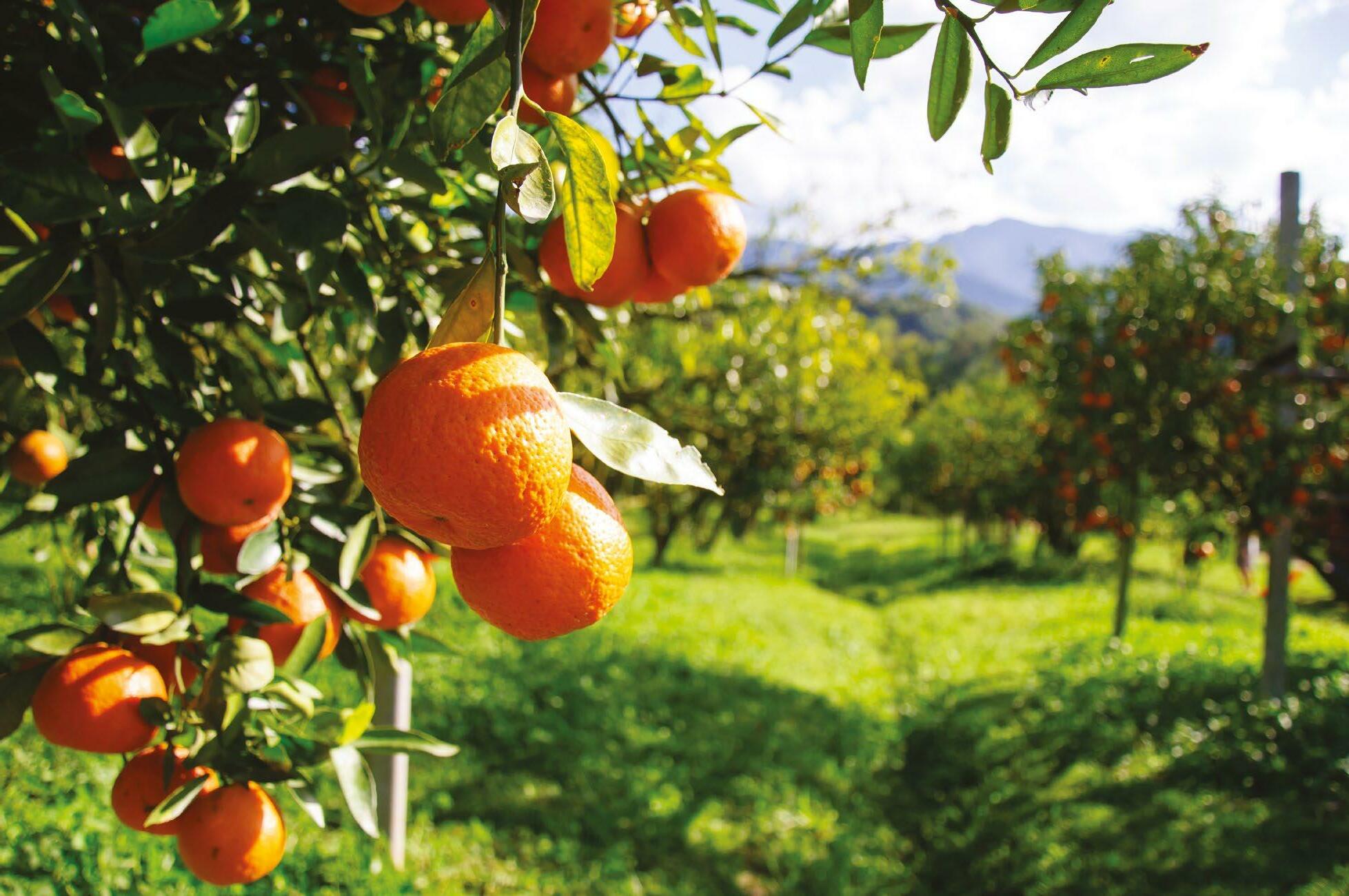
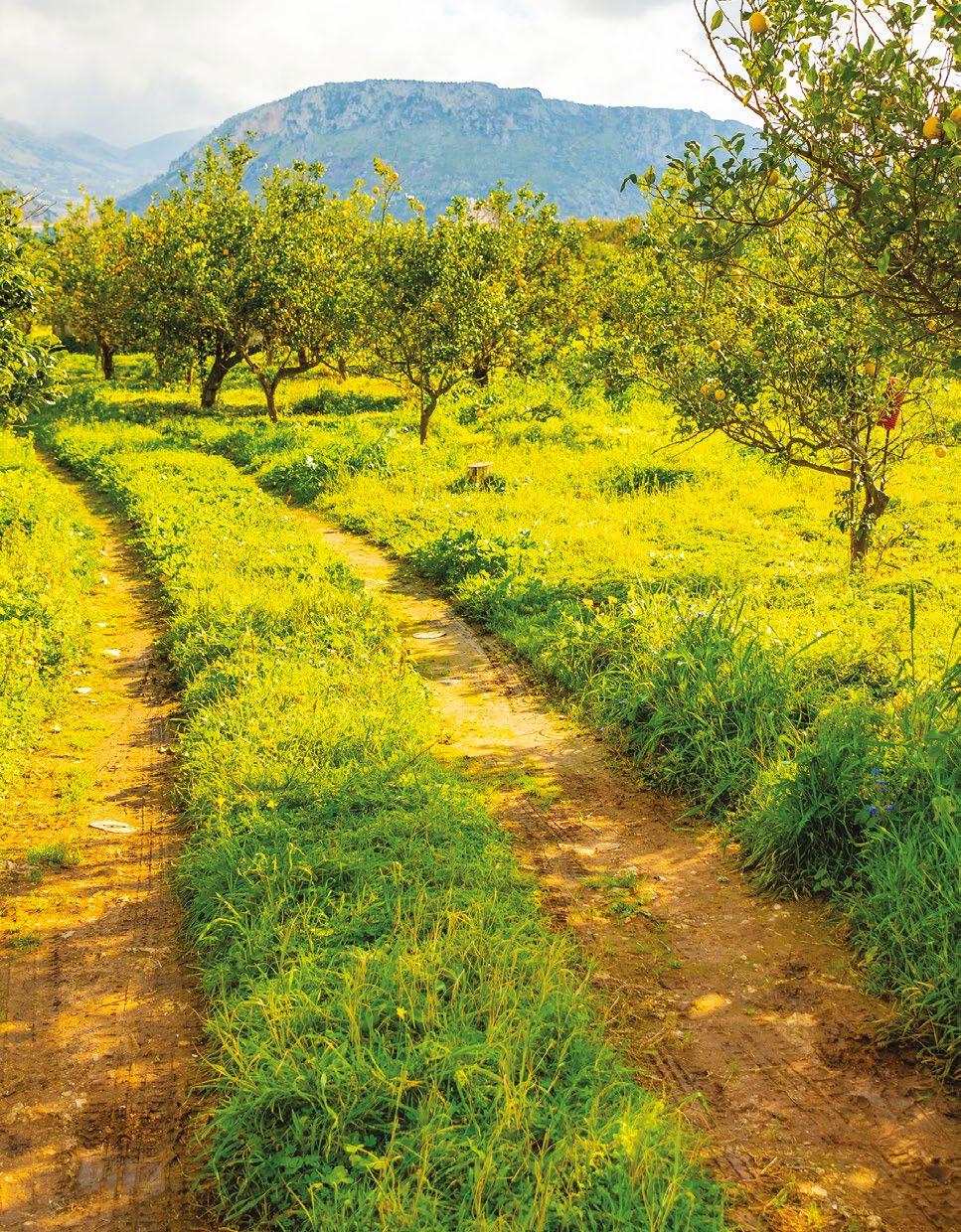



The Report:
pag. 3 pag. 4 pag. 8
The citrus season:
Method and aims Account and prospects
The phytosanitary conditions of citrus fruits
pag. 11 pag. 27 pag. 28
What the operators say
Sustainability and research: Agrumaria Reggina’s role in the next citrus season About Agrumaria Reggina
In this national and international framework, the role of Italy in the field of citrus fruit - intended for all sectors, from beverage to perfumes - is crucial.
Dear friends,
this is the third edition of our annual report on the Italian citrus fruit industry. We are approaching the new year in a “stormy” international scenario. There are different challenges and issues to deal with: the incomplete overcome of pandemic, the recent international conflicts with the resulting increase in the costs of energy and raw materials, a structural difficulty by all the foreign citrus producers.
On the one side, the increasing interest of customers in citrus-based products requires reliable and sustainable supply sources; on the other side, in a climate of extreme uncertainty, some stable and consistent points of reference are needed. On this latter point, the historical ties between the processing industry and the Italian citrus growers enable our companies to be key players also at an international level.
The third edition of the report “Italian Citrus: 2022/23 Season Outlook” report engages within the framework described above, that minimally tells what we are experiencing in the last months. We are particularly proud of this report, since our industry may only be made increasingly sustainable, open to sharing and capable of creating value for customers through a virtuous transparency process.
The following pages provide the data on the Italian citrus fruit industry: a statistic on season 2021-2022 and a forecast for season 2023. These figures show a competitive industry, capable of meeting the demand of the international market.
This section is followed by an analysis of the phytosanitary conditions of citrus fruits by the Agronomist, Dr. Salvatore Lauria.
Being aware that an industry is not just made up of data but also stories, people and faces, we told the experience of some of our partners producing the citrus fruits that we process every day to turn them into unique and effective ingredients.
The report is closed by a section about Agrumaria Reggina’s role in the Food & Beverage and Flavour & Fragrance industries, by Felice Chirico, my son, and the Head of Sales & Marketing.
Before leaving you to enjoy the reading of this report, I would like to share the values characterising the entire community of Agrumaria Reggina. These are universal standards marking out our business for over 37 years.
1. Quality: of products, processes and people
2. Sustainability: of the supply chain, of production and relations
3. Passion: for what we do and how we do it
4. Cooperation: inside and outside Agrumaria Reggina
5. Customer orientation: to make our business meaningful
6. Innovation: the core of sustainable growth
Enjoy the reading, General Manager
This section describes the figures, competitiveness and prospects of the Italian citrus supply chain for this season. The main data for this report are collected from the ISTAT (Italian National Institute of Statistics) and ISMEA (Italian Service Institute for the Agricultural and Food Market) databases.
According to ISMEA, there are more than 62,000 citrus farms operating in Italy. The citrus growing area amounts to approx. 144,000 hectares, including 31% organic farming. The average size per farm is substantially reduced, amounting to approx. 2.09 hectares. This last data is mainly due to the family tradition of farms (still referred to as “gardens”).
The share of organic farming is particularly relevant, since it means that more than 47,000 hectares of land are allocated to organic growing.
The citrus season 2021-2022 showed a stable trend compared to the previous one, without being affected by any substantial change. Considering the main citrus fruits cultivated - oranges, clementines, lemons, mandarins and bergamots - the production amounted to 3,317,000 tonnes, i.e. an increase of 6% compared to season 2020-21. The main increase was
recorded in the oranges department (+9% of volume produced) followed by lemons (+ 7%). Table 1 summarises the main data.
The data above show that there was particular buzz in the production of oranges, although according to the forecasts of summer 2021 a more complex season was expected (in particular due to the intense heat and limited rainfall).
For the new season 2022-23 forecasts show a growth rate, with particular reference to oranges (+10%) and clementines (+10%). Lemons, mandarins and bergamots, on the other hand, should maintain an ordinary growth rate.
As regards the industry, the increase in the harvested volume of citrus fruits will result into an expected growth of 8% of the volumes of citrus fruits for the processing industry. If in season 2021-2022 the volume of processed fruit amounted to 1,160,328 tonnes (table 2), in the new citrus season an increase of 91,469 tonnes is expected.
Table 1
Citrus fruit harvest production (tonnes)
CITRUS FRUIT
Source Oranges Clementines Lemons Mandarins Bergamots Total
SEASON 2019-2020
ISTAT 1.772.769 506.821 424,663 149.369 30.300 2.931.935
SEASON 2020-2021
ISTAT 1.793.468 675.882 472.746 150.618 27.000 3.119.714
Table 2
CITRUS FRUIT
Source Oranges Clementines Lemons Mandarins Bergamots Total
VARIATION OF SEASON 2022-23 VS 2021-22
ISTAT 1.959.303 676.313 504.085 149.530 27.810 3.317.041
Citrus fruits destined for processing by species

SEASON 2021-2022 3.581.241
SEASON 2022-2023 9% 10% 2% 3% 3% 8%
Forecast 2.140.472 743.944 514.166 154.015 28.644
Forecast
PERCENTAGE OF CITRUS FRUITS DESTINED FOR PROCESSING QUANTITY OF CITRUS FRUITS PROCESSED DURING SEASON 2021-22 INCIDENCE ON THE TOTAL OF PROCESSED CITRUS FRUITS 2021-22 68% 12% 14% 3% 2% 100%
783.721 135.263 176.430 37.383 27.532 1.160.328
68% 12% 15% 3% 2% 100% 1.251.797
Statistical analyses Statistical analyses Statistical analyses Statistical analyses Statistical analyses 40% 20% 35% 25% 99%
INCIDENCE ON THE TOTAL OF PROCESSED CITRUS FRUITS 2022-23 856.189 148.789 179.958 38.504 28.358
VARIATION OF FRUITS PROCESSED IN 22-23 VS 21-22
QUANTITY OF CITRUS FRUITS PROCESSED DURING SEASON 2022-23 Forecast 9% 10% 2% 3% 3% 8%
In terms of citrus area in production (hectares), the 2022 scenario is at levels slightly lower than the previous year, for a total of 144,060 hectares in production, compared to 145,126 hectares of the previous season (table 3). Even though the reduction of production surface mainly affected oranges, they are still the main cultivation, with a total of about 82,576 hectares (of which 47,000 dedicated to blond oranges and about 35,000 to blood oranges) corresponding to 57% of the national surface area. At almost equivalent levels, clementines and lemons are the second and third most cultivated species in Italy. Clementines have 26,000 hectares in production, which correspond to 18% of the national surface area, showing similar data compared to season 2021, when an increase was recorded. Lemons stand in third position,
Table 3
Production area (hectares)
CITRUS FRUIT 2020
Orange Clementines Lemon Mandarin Bergamots Grapefruit Citron Chinotto
with almost 25,000 hectares, corresponding to 17% of the national surface area.
The production area of mandarins amounted to almost 8,600 hectares, representing 5.9% of the national area in production. Bergamots (1,700 ha) continue to grow thanks to the ongoing investments by local citrus farms and are now just over 1% of the cultivated area. Grapefruits (304 ha), citrons (72 ha) and chinotto oranges (6 ha) make up less than 0.27% of the national production area and their data are substantially in line with the previous years.
2022 PERCENTAGE BY CITRUS FRUIT
84.162 25.550 24.785 8.530 1.500 297 65 6
144.895 Total 145.126 144.060
84.243 26.033 24.785 8.512 1.650 299 70 6
82.576 26.033 24.766 8.591 1.700 304 72 6 -1.066
-1.667 12 453 79 50 5 2 0
57,32% 18,08% 17,19% 5,96% 1,18% 0,21% 0,05% 0,00%
2021 2022 VARIATION 22 VS 21 Navel and other blond oranges Blood oranges 51.995 51.784 47.151 4.633 32,73% 32.167 32.459 35.425 2.966 24,59% 100,00%
To summarise, the Italian citrus fruit industry showed excellent growth rates in season 20212022, thanks to favourable conditions and to the investments by the farms, which continue their virtuous investment path to make plantations sustainable with suitable innovation levels.
%
Graph 1
Area under organic cultivation (hectares)
61%
30.30%
5.20% 2.70% 0.40% 0.40%
Calabria Sicily Apulia Basilicata Campania Others
Source: SINAB, National Information System on Organic Agriculture
This section of the report relating to the Calabrian citrus supply chain provides a forecast framework for season 2022/23, with particular reference to the production and phytosanitary condition of citrus fruits in Calabria.
In Italy the production of citrus fruits (oranges, lemons, mandarins, clementines, bergamots, chinottos) is strongly concentrated in the southern regions; Calabria makes up almost 25% of the overall national production. The citrus fruit production area in Calabria amounts to approx. 32,000 hectares (24% of the national area) distributed among 44,000 companies. Reggio Calabria is the province with the highest number of citrus farms, followed by Cosenza. These two provinces, due to their territorial extension, make up more than 70% of the overall production for each species.
During the first week of September, surveys were carried out in some citrus farms of the province of Reggio Calabria (Lower Ionian Sea - Reggio Calabria area). In particular, the monitoring focused on the following citrus fruit species: orange (“Bellanova” and “San Giuseppe” cultivars), bergamot (“Fantastico” and “Femminello” cultivars), clementines (“Nova” cultivar) and citron (“Liscio di Diamante” cultivar).
The purpose of the constant checks carried out is to control the key aspects of the citrus fruit lives: - plant growth; - production; - resistance to parasitic diseases.
All the varieties are in the phenological phase of fruit enlargement, except for citron that is for 30% in the phenological phase of fruit setting and 70% in the phenological phase of fruit enlargement. Fruits reached between 30 and 60% of their final size.
The phytopathological analysis, supported by the phytosanitary bulletins of the Calabria Region, aimed at verifying the onset and development of diseases resulting from attacks by: - Mites; - Aphids; - Whiteflies; - Red scale; - Cryptogams; - Citrus leafminer; - Medfly; - Citrus blossom moth.

(Tetranychus urticae e Panonychus citri, acaro delle meraviglie, Eriophyes sheldoni)




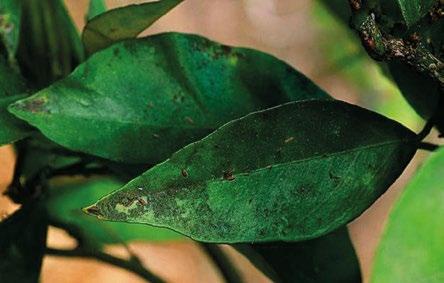
Citrus leafminer (Phyllocnistis citrella)

Red scale (Aonidiella aurantii)
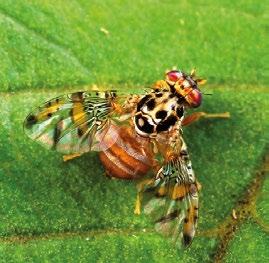
Cryptogams (Capnodium citri, e Deuterophoma Tracheiphila, Phytophthora spp.)
All cultivars monitored showed a smooth growth and no particular threats were detected. In some infrequent cases, a slight increase in medflies was observed, also resulting from the lowering of temperatures.
Any other potential risk was not identified or is under control.
(Ceratitis capitata)
Citrus blossom moth (Prays citri)
To tell more about these experiences, we interviewed three farms: Azienda Agricola Pollicino, operating in Sicily, near Syracuse; Azienda Agricola Palumbo and Azienda Agricola Chisari, both operating in the Ionic coast of Reggio Calabria, where bergamot represents a globally recognised excellence.
A supply chain is more than just figures, challenges and products. Sometimes, this includes stories making the Italian citrus fruit industry a family tradition that from generation to generation allows families, communities, young and old, to enjoy our citrus fruits all over the world: as fresh fruits, drinks, juices or other products.
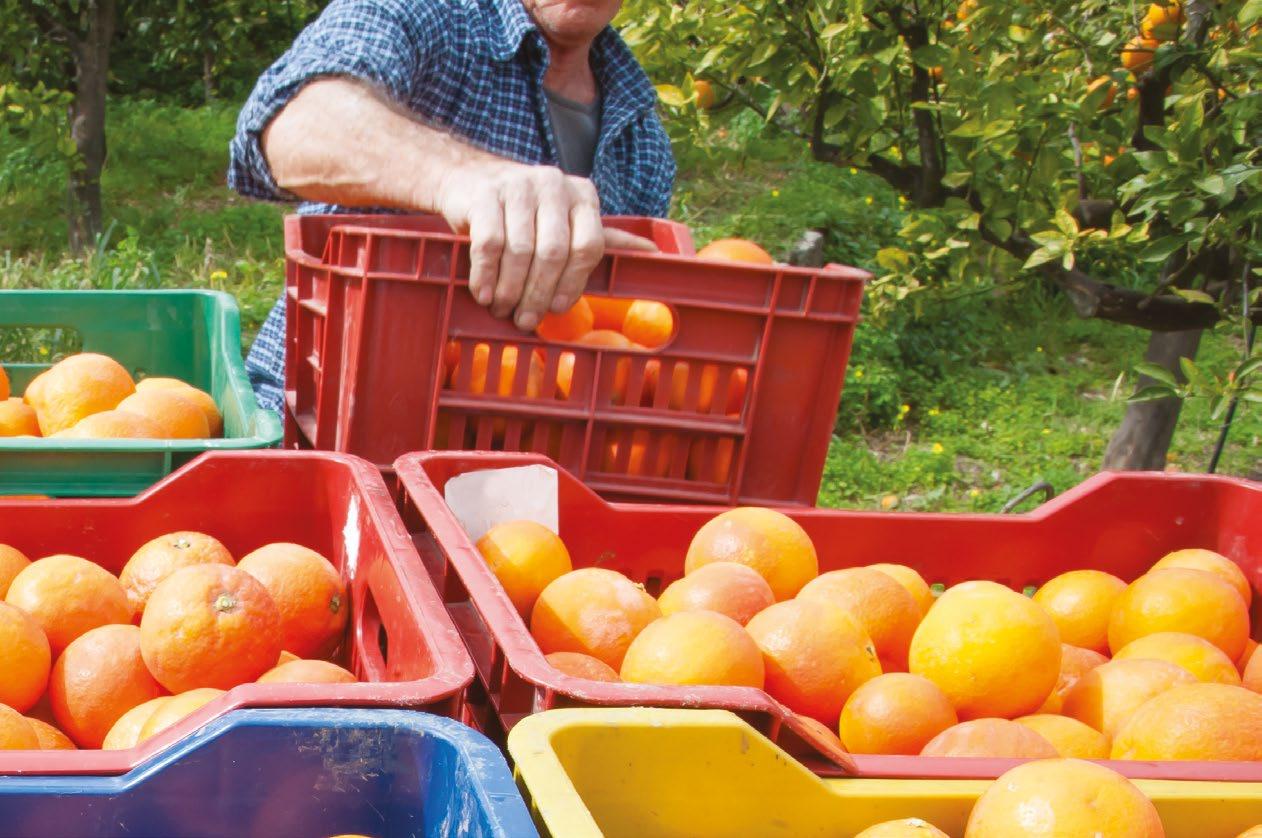
In this sense, “agriculture plays a crucial role, not only in relation to food production, but also in terms of survival of rural communities, protection of the environment and of its
In this framework, there are different parties playing this role, ensuring continuity of plantations and starting virtuous sustainable processes.
Via Abruzzo 12/14 96016 LENTINI – (SR)
We are a farming company producing conventional and organic citrus fruits for a number of generations now, with the aim of delivering to the Italian families and the whole processing industry top-quality fruits. The farm extends over a territory of about 40 hectares.
The Pollicino company produces Sicilian Oranges (1.00.000 Kg annual), Sicilian Blood Oranges (4.00.000 Kg annual) Sicilian Lemons (750.000 Kg annual) e Sicilian Mandarins (300.000 Kg annual).
What certifications have you achieved?
Certifications achieved:
• Bio certification
• GLOBALG.A.P
• PGI (Protected Geographical Indication) Blood Oranges of Sicily
• PGI Lemons of Syracuse
What are your expectations for the next citrus season? Challenges and opportunities?
From an organoleptic point of view, citrus fruits will have an excellent quality. The current climate conditions does not entail particular criticalities. Blossoming stands at really good levels. This leads us to think that volumes will be consistent with those of the previous season.
What are the company’s future projects?
Our company is mainly focused on growing oranges. Therefore, the next projects will be concentrated on the conversion to organic systems, in order to meet the increasing market demands.




Azienda Agricola Palumbo deals since 1993 with the production and trade of organic vegetables. The company extends over 100 hectares and is located in the Municipalities of Palizzi, Brancaleone and Bruzzano Zeffirio, in the province of Reggio Calabria, on the Ionic coast. The main citrus fruit grown is bergamot. Almost 20 hectares are dedicated to the land for growing bergamots.
The Palumbo company produces Bergamot of Reggio Calabria (250.000 Kg annual).
What certifications have you achieved?
Certifications achieved:
• BIO certification
• Sustainability certificate for bergamots
What are your expectations for the next citrus season? Challenges and opportunities?

Next season is expected to be particularly positive. The recent expansion of lands will enable us to increase the quantity of bergamots grown. On the other side, the main challenge will be the increase in costs of raw materials. The communication with our customers, the citrus processors, will be crucial to ensure sustainability and consistency of the supply chain.
What are the company’s future projects?
We are continuing on our way to organic conversion of lands. This process will still take different years to complete the conversion.



Sustainability What certifications have you achieved?
What are your expectations for the next citrus season? Challenges and opportunities?

What are the company’s future projects?
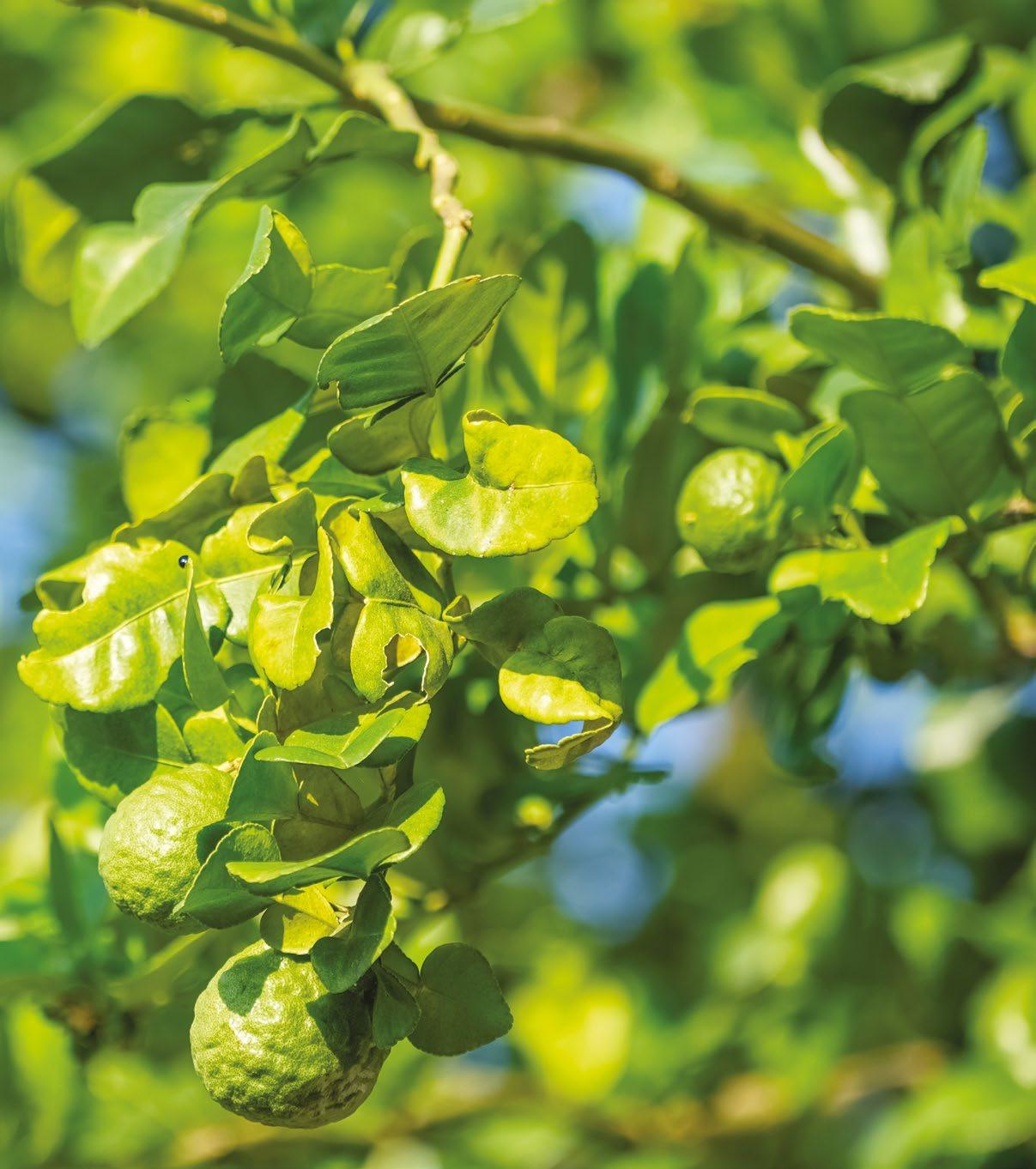


Also Agrumaria Reggina provides its contribution to the citrus fruit industry, making it more sustainable and reducing waste. We told our experience in the sustainable supply chain through the documentary “From fruit to fruit - Our Circular Economy System”, where Francesco Chirico, Head of Technical Department and family member, describes all the activities that allow us to plan our production process for a sustainable future. These activities include the partnership with
Fattoria della Piana, a milk, dairy products, hay, corn and wheat producer with an extension of more than 260 hectares. Fattoria della Piana, with the support of Agrumaria Reggina converts production waste (citrus fruits, olives, onions) into energy to power their farm and the local community.

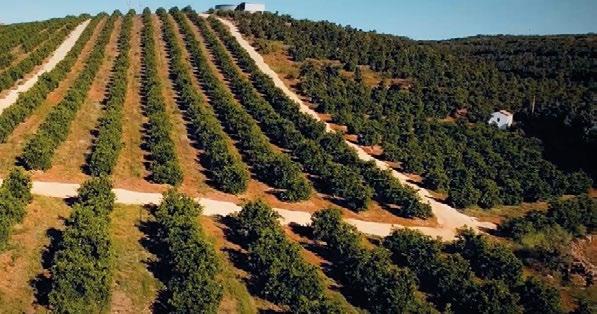



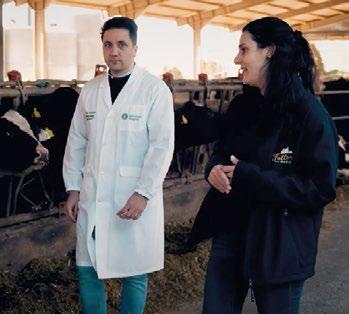

Agrumaria Reggina is looking at its 38th citrus processing season.
In terms of business, ambitions and innovation, we still feel like a start-up, but 38 years are a long and powerful period of learning, experience and knowledge of an industry of primary importance in the food, body care and housekeeping markets.
Also in 2023 we will continue to be one of the major Italian citrus fruit processors.
We are convinced that in this new season, even more so than in the past, we will mainly have to guarantee support and stability. We are going through months where the availability and timing will be much more important than the other factors prioritised in the past. In this context, our mission is to constantly communicate with our citrus fruit producer partners in order to make our supply chain stable and reliable. In fact, the choice to establish long-term relationships allows us to face the next months with optimism.
The news of Agrumaria Reggina for the next season include:
1. A substantial increase in the share of processed organic citrus fruits. Our partnerships with reliable producers drove us towards the conversion of a significant portion of volumes to organic farming. This choice will be particularly relevant for the beverage industry due to the increasing interest in organic citrus-based juices and drinks.
2. Completion of the investments in Flavour & Fragrance that will allow us to offer increasingly tailored products with a high added value.
3. Overall increase of production capacity to better meet the increasing market demands.
Furthermore, we will continue our investments in research & development through our three labs:
- Juice & Fruit Ingredients, in Reggio Calabria
- F&F Ingredients, in Reggio Calabria - Taste Solutions, in Milan
All of this in order to be more and more competitive and able to understand, create and convey values to our customers.
We wish you a very bright year.
Agrumaria Reggina is the Italian company specialised in customised fruit-based solutions for consumer products.
All our projects start with the processing of the best citrus fruits and include the monitoring of an advanced supply chain that allows us to exploit the best natural ingredients. Thanks to our Food & Beverage and Flavour & Fragrance Research and Development teams, we create unique and effective ideas and solutions, and guarantee the highest quality of all the ingredients throughout the production process.
Write to us citrus@agrumariareggina.it or visit agrumariareggina.it
Agrumaria Reggina Srl Reggio Calabria, Italy
Follow us on our social networks

Discover more on agrumariareggina.it
